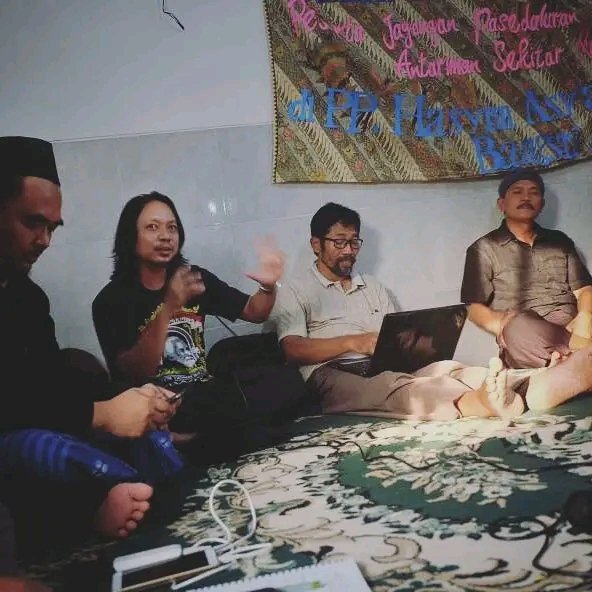14: All Religions are Called to Creation Care
Indonesia
A Climate Pollinator story by Sierra Ross Richer
The Gereja Injili di Tanah Jawa (GITJ) congregation in Jepara, Indonesia, partnered with other religious groups in the area to protest the construction of a nuclear power plant on Mount Muria in the early 2000s. It was the first time the groups worked together for a joint cause, but not the last.
While the campaign came to an end when the government canceled the project in 2015, Danang Kristiawan, pastor of the congregation, believes the era of interfaith collaboration has only just begun.
In the last ten years, Danang has been involved in multiple interfaith gatherings. One, a three-day live-in program held at an Islamic boarding school in 2016, included young leaders from Christian, Islamic, Hindu and Bhudist faiths.
“We analyzed the ecological problems in Jepara and shared our faith reflections on these ecological issues,” Danang said.
Interacting with individuals from different religious traditions has taught Danang a lot about the role of humans in caring for creation.
In the Islamic tradition, Danang said, humans, as heads of creation, have a responsibility to take care of the earth.
In Buddhism, people are not separate from the natural world. Through reincarnation, humans can become animals in another life, and animals can become humans, so there’s no basis for a distinction between the two.
Indigenous Javanese people believe that the earth is their mother. They are deeply connected to the natural world and view animals with a lot of respect.
And in mystic worldviews, Danang said, “creation is the window to God,” so creation should be respected as it leads to the divine.
The Christian Bible also encourages stewardship of creation, Danang said. In Colossians 1:16 it says that all things are created in Christ by Christ. “If all things are created in him then it means that Christ embraces the creation in himself.”
Danang hopes that sharing and understanding these beliefs will push religious organizations, including his own church, to take more action on behalf of the environment and the climate. And he hopes that by working together, the interfaith network can be a powerful force for change.
“We need inter-religious perspectives,” he explained. “All religions have an idea of creation. They are called to move.”


